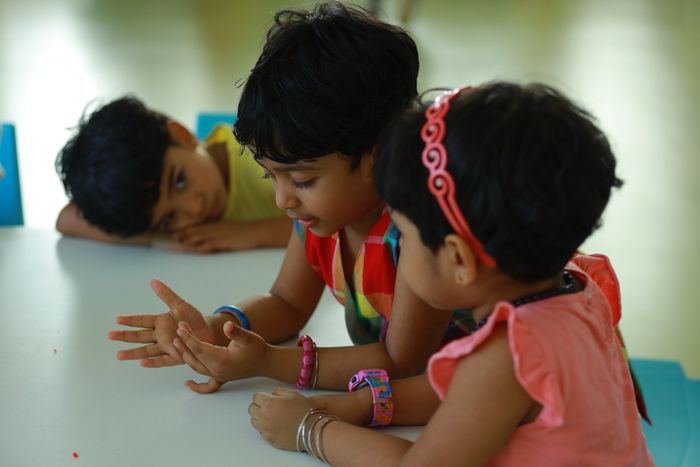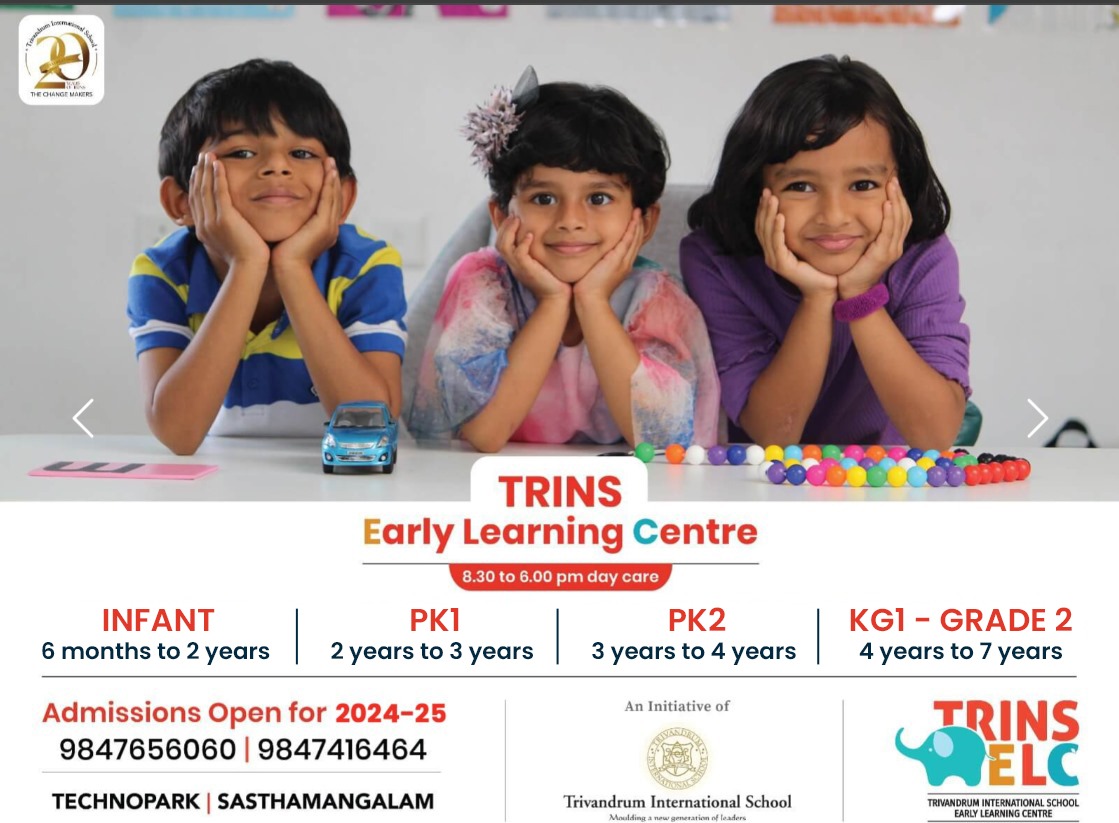


Empathy in Kids

“Learning to stand in somebody else’s shoes, to see through their eyes, that’s how peace begins. And it’s up to you to make that happen. Empathy is a quality of character that can change the world.” – Barack Obama
Greater empathy in toddlerhood is linked to later popularity, friendship quality and social competence. There is a big difference between a toddler showing distress in response to a crying baby and the same toddler showing an empathic response. Some toddlers show distress and are able to contain their response and go on to respond to the baby in a concerned way. For others, the distress becomes too much and they cannot interact with the crying baby, focusing instead on their own distress. There is a link between showing distress and showing empathy only when the toddler shows the capacity to understand and describe the situation.
This is a very complex skill to develop. Being able to empathize with another person means that a child:
- Understands that he is a separate individual, his own person;
- Understands that others can have different thoughts and feelings than he has;
- Recognizes the common feelings that most people experience—happiness, surprise, anger, disappointment, sadness, etc.;
- Is able to look at a particular situation (such as watching a peer saying good-bye to a parent at child care) and imagine how he—and therefore his friend—might feel in this moment; and
- Can imagine what response might be appropriate or comforting in that particular situation—such as offering his friend a favourite toy or teddy bear to comfort her.
- Yes, you can help your child be more empathetic! Try these practical tips to help infants and toddlers develop empathy and understand that others have different thoughts and feelings than they do.
-
Empathize with your child.
For example, “Are you feeling scared of that dog? He is a nice dog but he is barking really loud. That can be scary. I will hold you until he walks by.”
-
Talk about others’ feelings.
For example, “Keya is feeling sad because you took her toy car. Please give Keya back her car and then you choose another one to play with.”
-
Suggest how children can show empathy.
For example, “Let’s get John some ice for his boo-boo.”
-
Read stories about feelings.
-
Be a role model.
When you have strong, respectful relationships and interact with others in a kind and caring way, your child learns from your example.
-
Use “I” messages.
This type of communication models the importance of self-awareness: I don’t like it when you hit me. It hurts.
-
Validate your child’s difficult emotions.
Sometimes when our child is sad, angry, or disappointed, we rush to try and fix it right away, to make the feelings go away because we want to protect him from any pain. However, these feelings are part of life and ones that children need to learn to cope with. In fact, labeling and validating difficult feelings actually helps children learn to handle them: You are really mad that I turned off the TV. I understand. You love watching your animal show. It’s okay to feel mad. When you are done being mad you can choose to help me make a yummy lunch or play in the kitchen while mommy makes our sandwiches. This type of approach also helps children learn to empathize with others who are experiencing difficult feelings.
-
Use pretend play.
Talk with older toddlers about feelings and empathy as you play. For example, you might have your child’s stuffed hippo say that he does not want to take turns with his friend, the stuffed pony. Then ask your child: How do you think pony feels? What should we tell this silly hippo?
-
Think through the use of “I’m sorry.”
We often insist that our toddlers say “I’m sorry” as a way for them to take responsibility for their actions. But many toddlers don’t fully understand what these words mean. While it may feel “right” for them to say “I’m sorry”, it doesn’t necessarily help toddlers learn empathy. A more meaningful approach can be to help children focus on the other person’s feelings: Chandra, look at Simi— she’s very sad. She’s crying. She’s rubbing her arm where you pushed her. Let’s see if she is okay. This helps children make the connection between the action (shoving) and the reaction (a friend who is sad and crying).
Be patient. Developing empathy takes time. Your child probably won’t be a perfectly empathetic being by age three. (There are some teenagers and even adults who haven’t mastered this skill completely either!) In fact, a big and very normal part of being a toddler is focusing on me, mine, and I.
Remember, empathy is a complex skill and will continue to develop across your child’s life.





